8. The Seventh Seal (1957, Ingmar Bergman)
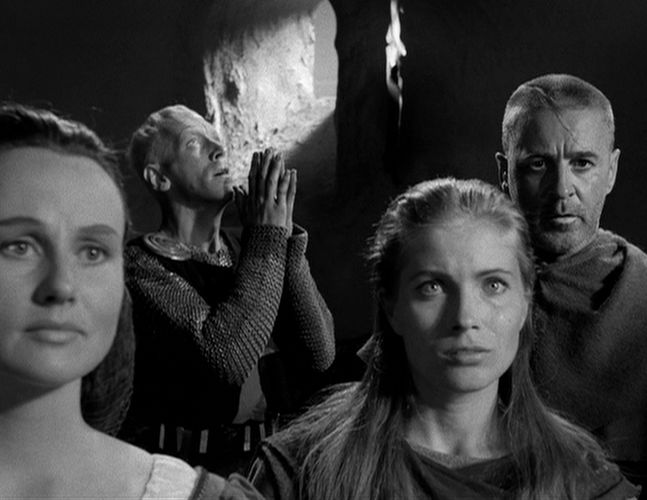
Knight Antonius Block returns to his country after battling the Crusades only to find it devastated by bubonic plague. Disenchanted with all this, the knight continues his path until he finds death, in form of a monk, with whom he agrees to play a game of chess in which he exposes the existential questions that haunt him.
In this allegory set somewhere in the 14th Century, Ingmar Bergman finds inspiration in haunting figures and motifs of baroque art to create a timeless tale that echoes innumerous ‘tenebrist’ influences such as Caravaggio himself.
The lighting in the interiors of “The Seventh Seal” remind of titles like “The Madonna of the Palafrenieri” (1606) or “The Adoration of the Shepherds” (1609).
9. Elevator to the Gallows (1958, Louis Malle)
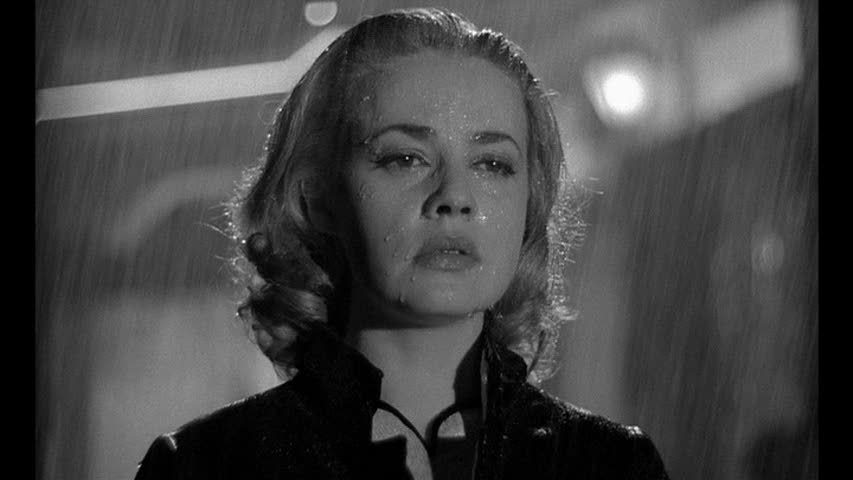
The second feature film directed by Louis Malle also shows a close relationship with Caravaggio’s works. “Elevator to the Gallows” orbits around the macabre plot of Julien Tavernier and Florence Carala, lovers, who plan to kill Florence’s husband. However, things do not happen as the couple had planned and a series of unfortunate events catches up with them.
In this particular film there is one specific scene to highlight, the interrogation of Tavernier, which happens amidst total darkness in which the detectives and suspect are dimly illuminated by an unknown source of light that immediately echoes the influence of Caravaggio’s works, for instance, “Supper at Emmaus” (1606) or “Salome with the Head of John the Baptist” (1607).
10. Mamma Roma (1962, Pier Paolo Pasolini)
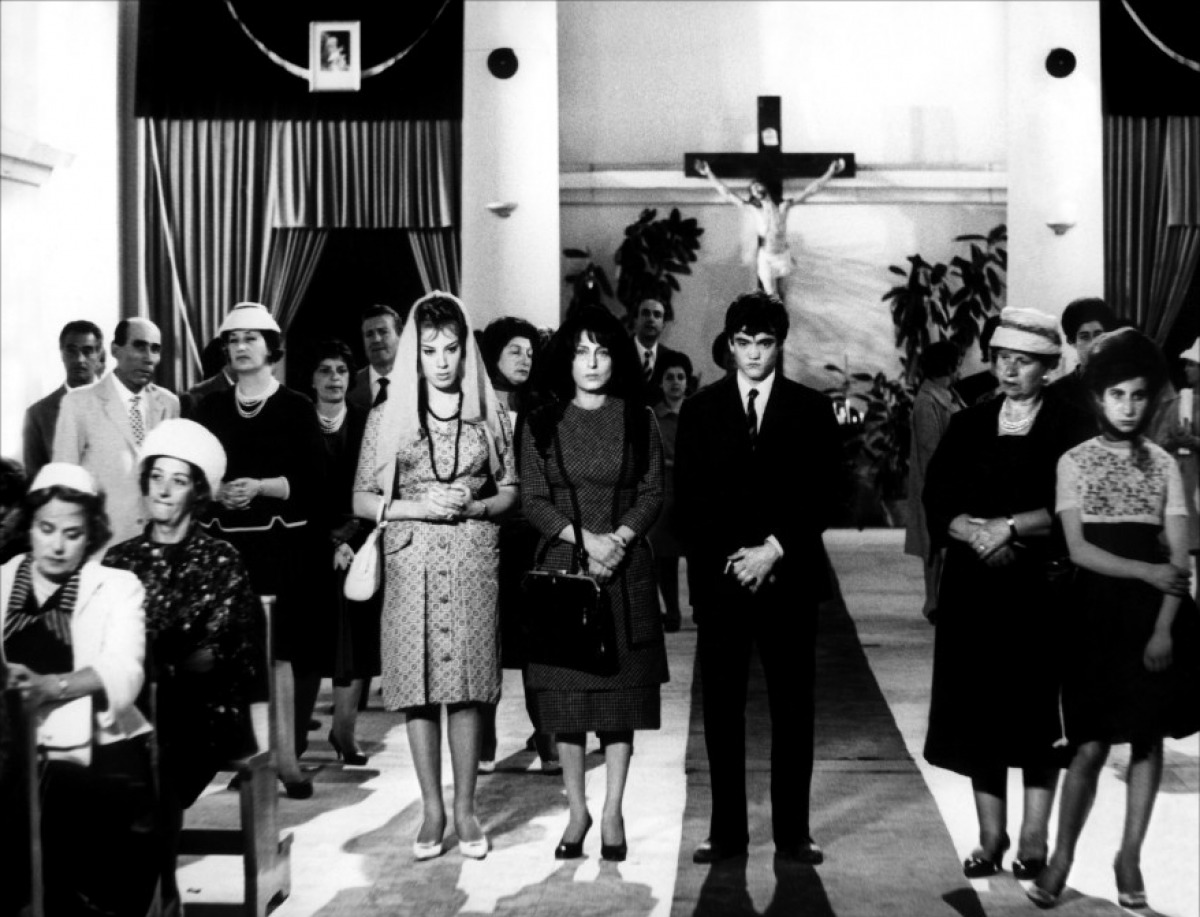
Italian director Pier Paolo Pasolini is one of the names directly influenced by the painter’s works and among other films, in “Mamma Roma” exist a great number of details that suggest this influence. These are mainly thematic aspects that reveal themselves once the director shoots across Rome at night, specifically in humble neighborhoods, where Mamma Roma walks around with her friend both being constantly solicited by different men.
This interest in filming this particular story, on these locations and with these characters (prostitutes) resonates to Caravaggio’s methods since the painter frequented the ‘poor’ Milan of his time and used people from lower classes and especially prostitutes as models for his paintings about biblical episodes and figures.
Another interesting aspect to refer is the use of light and the position of Ettore’s body as he lies on the table during the film’s final scenes. Ettore appears as if crucified and this immediately reveals a closeness to baroque art and specifically motifs painted by Italian painters during this period, to which Caravaggio is no stranger.
“Mamma Roma” tells the story of a recently retired prostitute who plans a new life for her and her son Ettore, who was raised in the countryside and comes to live with his mother in the city. However, Mamma’s plans start to fail once Ettore becomes lost due to bad influences.
11. The Godfather Trilogy (1972 – 1990, Francis Ford Coppola)
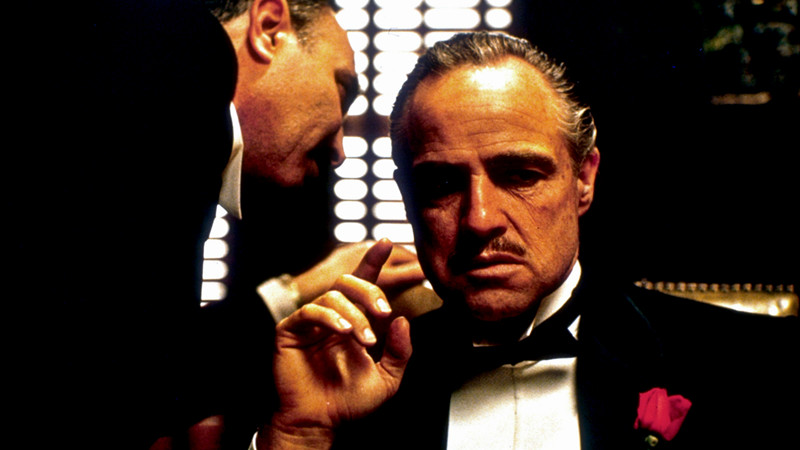
This epic tale of an Italian crime family is told throughout three films which reflect on the passage of power from the old patriarch to his son and the beginning of a new era for the New York mafia.
Presentations aside, in “The Godfather”, there are also a number of suggestions of Caravaggio’s influence particularly notable through the use of a darker ‘noirish’ color pallet and the same deep surrounding blackness which cinematographer Gordon Willis achieved mainly by underexposing the film.
In addition to this, the films also resemble Caravaggio’s works in terms of composition placing the character’s in unperceivable places and building the shot around the character’s positions, their gestures and looks and an example of this is the funerary parlor scene in “The Godfather”.
12. Mean Streets (1973, Martin Scorsese)
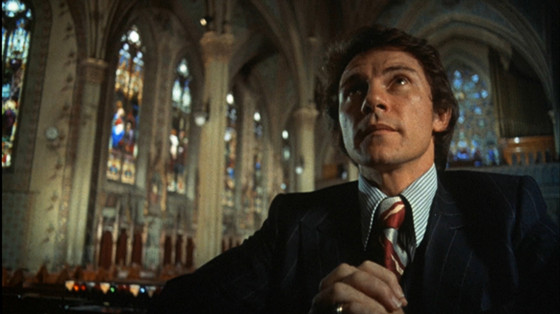
“I was instantly taken by the power of (Caravaggio’s) pictures. Initially, I related to them because of the moment that he chose to illuminate in the story. You come upon the scene midway and you’re immersed in it.
It was like modern staging in film: it was so powerful and direct. He would have been a great filmmaker, there’s no doubt about it. He sort of pervaded the entirety of the bar sequences in Mean Streets. It’s basically people sitting in bars, people at tables, people getting up. The Calling Of St Matthew, but in New York!”.
This said Martin Scorsese on the influence of Caravaggio’s work over his film “Mean Streets”, which is set in New York, where Charlie, a small time gangster, is having an existential crisis due to the existing conflict between his Catholicism and his duties to the mafia. Another one of the director’s films in which the painter’s influence is quite visible is “The Last Temptation of Christ” (1988).
13. Caravaggio (1986, Derek Jarman)
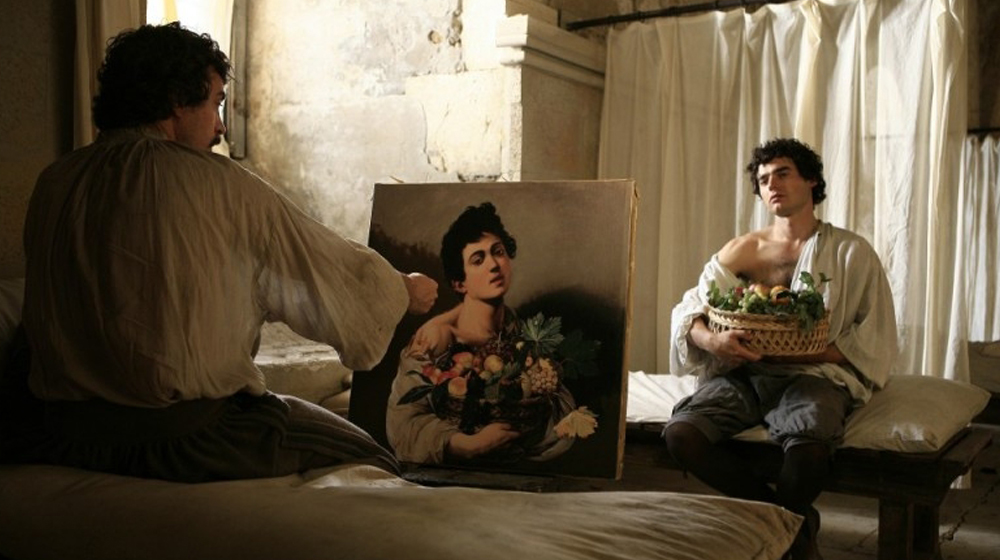
This is a film that could not be forgotten when contemplating a list of films influenced by the Italian painter.
“Caravaggio”, works as a sort of biography, at some extent fictionalized, of Michelangelo Caravaggio. It portrays his artistic achievements, his fierce yet passionate temperament, his painting methods and subjects, as well as, all the drama that surrounded his life from his various imprisonments to his death.
The painter also influenced other works by Derek Jarman, most notably “The Last of England” (1988).
14. The Rose King (1986, Werner Schroeter)
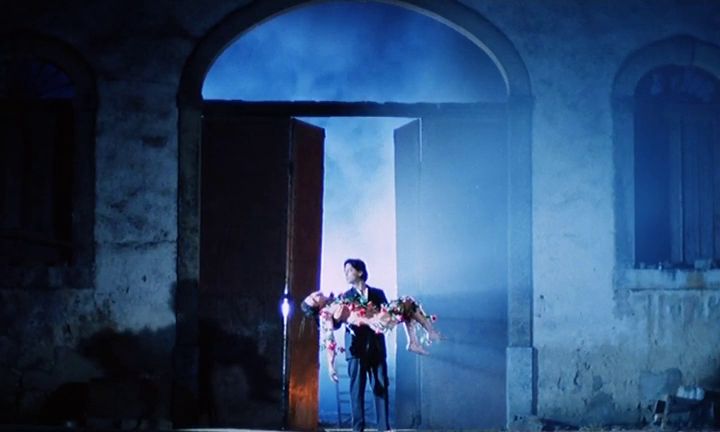
In 1986 Werner Schroeter went to Portugal in order to film “The Rose King” a tale – inspired in a poem by Edgar Allan Poe – about a woman named Anna, who is mentally ill, who moves with her homosexual son to a mansion in Portugal in order to grow roses.
Because of Schroeter’s connection with theatre and opera, this film draws great influences from these types of performance and the connection with the stage is irrefutable. Like Caravaggio, the German director prepares each shot with an uncanny knowledge over where and how to direct the viewer’s eye in order to contemplate the drama, the depth of each image.
The choice over a low tone palette also invokes the painter’s influence, as well as, the film’s lyricism and the way it depicts the human body throughout scenes where the lighting sends us back to paintings done by the Italian master, such as “Judith Beheading Holofernes” (1598) or “Crucifixion of Saint Peter” (1600).
When watching this film, some of Poe’s best poetic excerpts come to mind. “Deep into that darkness peering, long I stood there wondering, fearing, Doubting, dreaming dreams no mortal ever dared to dream before; But the silence was unbroken, and the stillness gave no token; And the only word there spoken was the whispered word, “Lenore?” This I whispered, and an echo murmured back the word, “Lenore!”— Merely this and nothing more.”
15. Blood (1989, Pedro Costa)

The first feature film of Portuguese director Pedro Costa, “Blood” is centred on the story of brothers Vicente and Nino who live in an impoverished Lisbon neighbourhood. After their father’s death they struggle to survive as their wealthy uncle attempts to kidnap Nino and hoodlums start to follow them around due to their late father’s debts.
Shot entirely in black and white the film has moments where cinematography working around the use of dim lights remind the baroque technique of chiaroscuro and hints at a relationship with baroque art such as the art of Caravaggio.